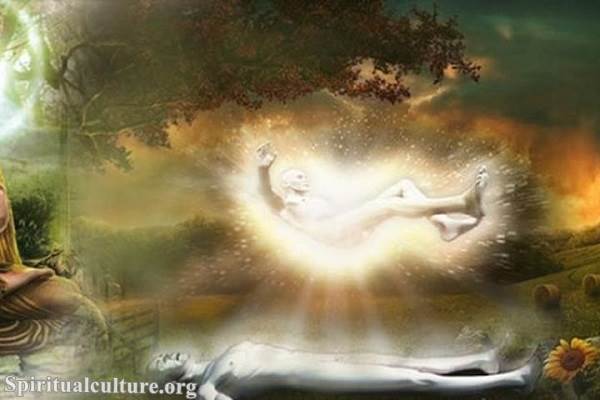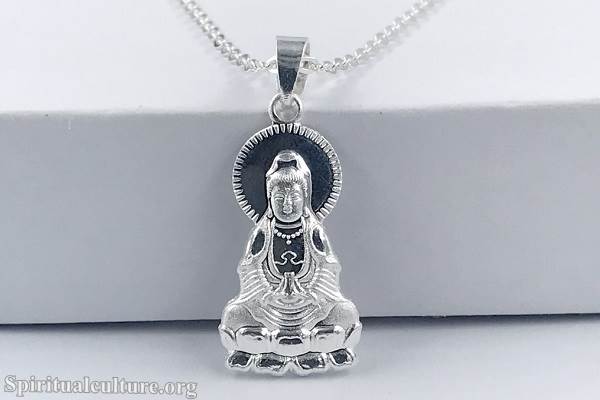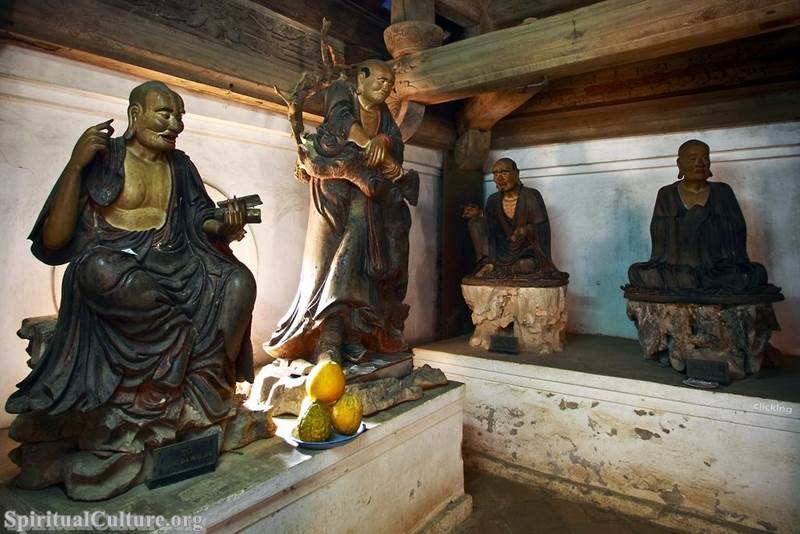Bodhisattva Avalokiteshvara, also known as Guanyin in Chinese culture and Chenrezig in Tibetan Buddhism is a revered figure across various Buddhist traditions. Recognized as a symbol of ultimate compassion and mercy, Avalokiteshvara holds a significant place in the Mahayana Buddhism tradition.
This article aims to delve deeper into the concept of Bodhisattva Avalokiteshvara, exploring its profound connection with Mahayana Buddhism.
Mahayana Buddhism: An Overview
Before we delve into the concept of Bodhisattva Avalokiteshvara, it’s crucial to understand the tenets of Mahayana Buddhism. Mahayana, which translates to the “Great Vehicle,” is one of the significant branches of Buddhism. It emphasizes the bodhisattva ideal, where the practitioners aspire to attain enlightenment not just for themselves but for the benefit of all sentient beings.
Mahayana Buddhism is known for its expansive and inclusive nature, introducing several celestial bodhisattvas and buddhas. Among these celestial figures, the Bodhisattva Avalokiteshvara stands out as a symbol of compassion and mercy.
Bodhisattva Avalokiteshvara: The Embodiment of Compassion
The term ‘Avalokiteshvara’ is derived from the Sanskrit language, which means “the lord who looks upon the world with compassion.” This bodhisattva is believed to embody the compassion of all Buddhas, demonstrating a profound commitment to relieving the suffering of sentient beings.
Bodhisattva Avalokiteshvara is often depicted with a thousand arms, each hand possessing an eye in the palm. This portrayal symbolizes his omnipresence, watching over the world and extending his hands to help those in distress. His representation with multiple arms and heads signifies his limitless capacity to perceive suffering and extend help.
Avalokiteshvara in Mahayana Buddhism
In the context of Mahayana Buddhism, Bodhisattva Avalokiteshvara is highly revered and is considered the embodiment of the great compassion of all Buddhas. This bodhisattva is believed to have made a great vow to assist sentient beings in times of difficulty and to postpone his own Buddhahood until he has helped every being on earth achieve nirvana.
The Lotus Sutra, a significant Mahayana sutra, devotes an entire chapter to Avalokiteshvara, describing the bodhisattva’s miraculous abilities to assist those who call upon his name in times of need. This is where the practice of chanting the Avalokiteshvara mantra, “Om Mani Padme Hum,” comes from. This mantra, often translated as “the jewel in the lotus,” is believed to invoke the bodhisattva’s blessings and protection.
Avalokiteshvara’s influence is not confined to scriptures and teachings; it extends to Buddhist art and iconography, where he is commonly depicted in various forms, each form representing a different aspect of his compassion and mercy.
Conclusion
Bodhisattva Avalokiteshvara’s significance in Mahayana Buddhism is profound. As a symbol of ultimate compassion, Avalokiteshvara represents the very essence of the bodhisattva path – the pursuit of enlightenment for the benefit of all beings. This bodhisattva reminds us that compassion is not a passive emotion but an active commitment to relieving suffering and promoting healing.
In the chaotic and often painful world we live in, the teachings of Bodhisattva Avalokiteshvara provide a beacon of hope. They remind us that compassion is a powerful force, capable of transcending suffering and bringing about profound transformation. As we navigate our paths, may we, too, strive to embody such compassion and extend our hands to those in need, just as Avalokiteshvara does.




